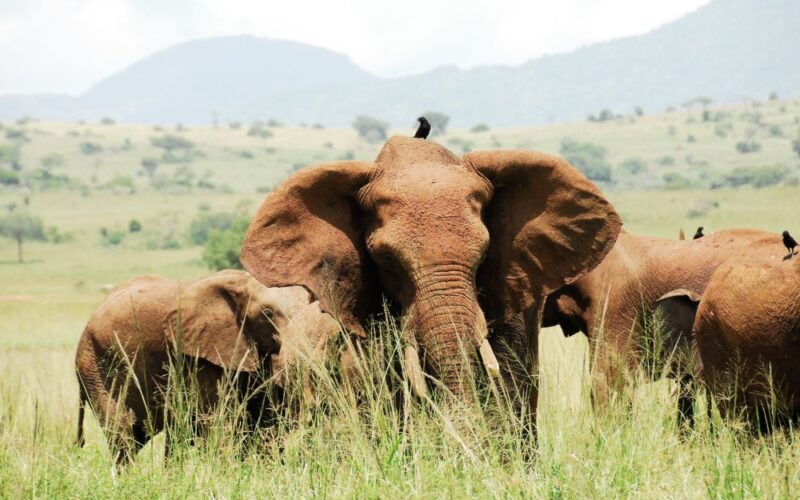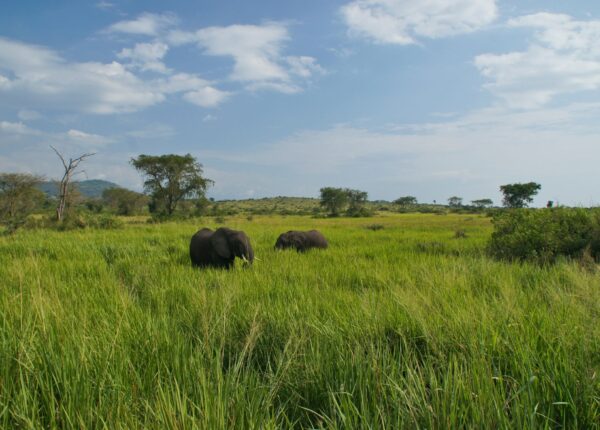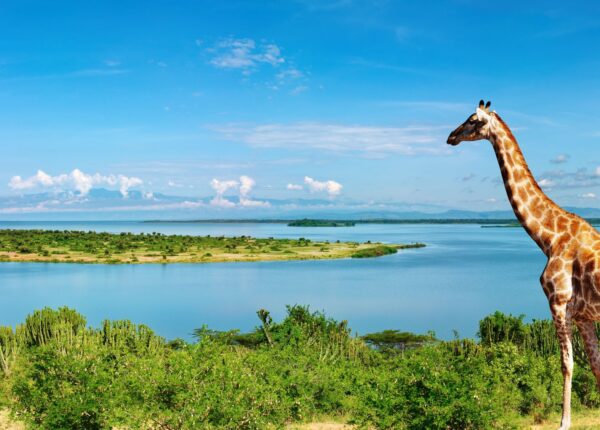Kidepo Valley National Park
Rugged and unspoilt
Near the borders to South Sudan and Kenya lies the Karamoja region, home to Kidepo Valley National Park. Its remoteness and the fact that it has only recently opened up to tourists have helped preserve its pristine state. You want to escape the crowds? You want to discover a nearly undiscovered corner of Uganda? And you want to experience the most untouched version of this wonderful country? If you’ve answered all of these questions with a loud and clear “yes”, you should definitely add this park to your to see list. Even if you haven’t, you should go 😉
Mount Moroto
Mount Moroto is a 3,000 metre high inactive volcano watching over the Karamoja region. Captivating peaks, geological formations, staggering escarpments and a unique flora and fauna form this natural giant which you can explore during a hike. The tour to the summit is challenging – once you’ve reached the top, though, you’ll be rewarded with panoramic views which will take your breath away.






